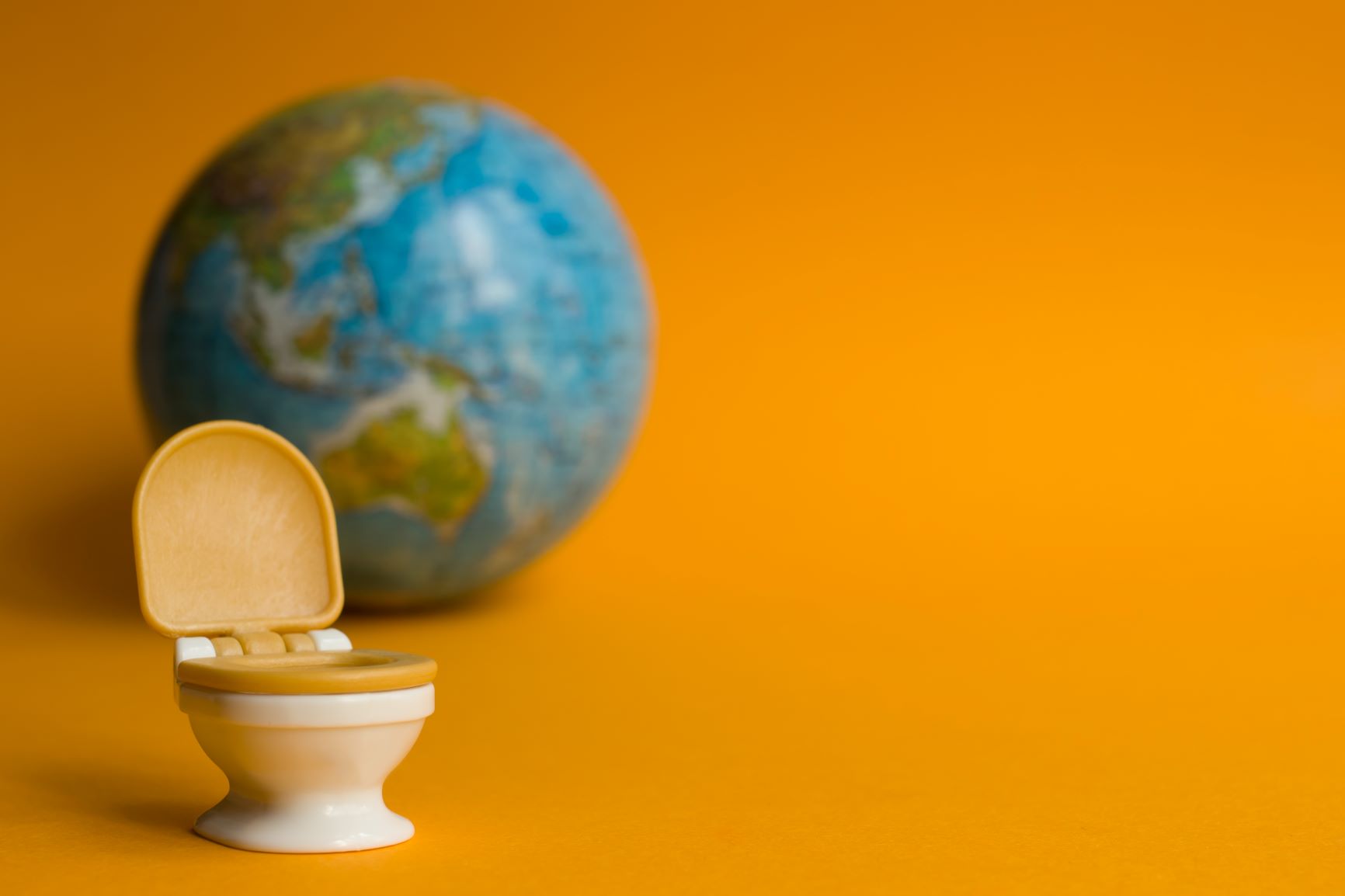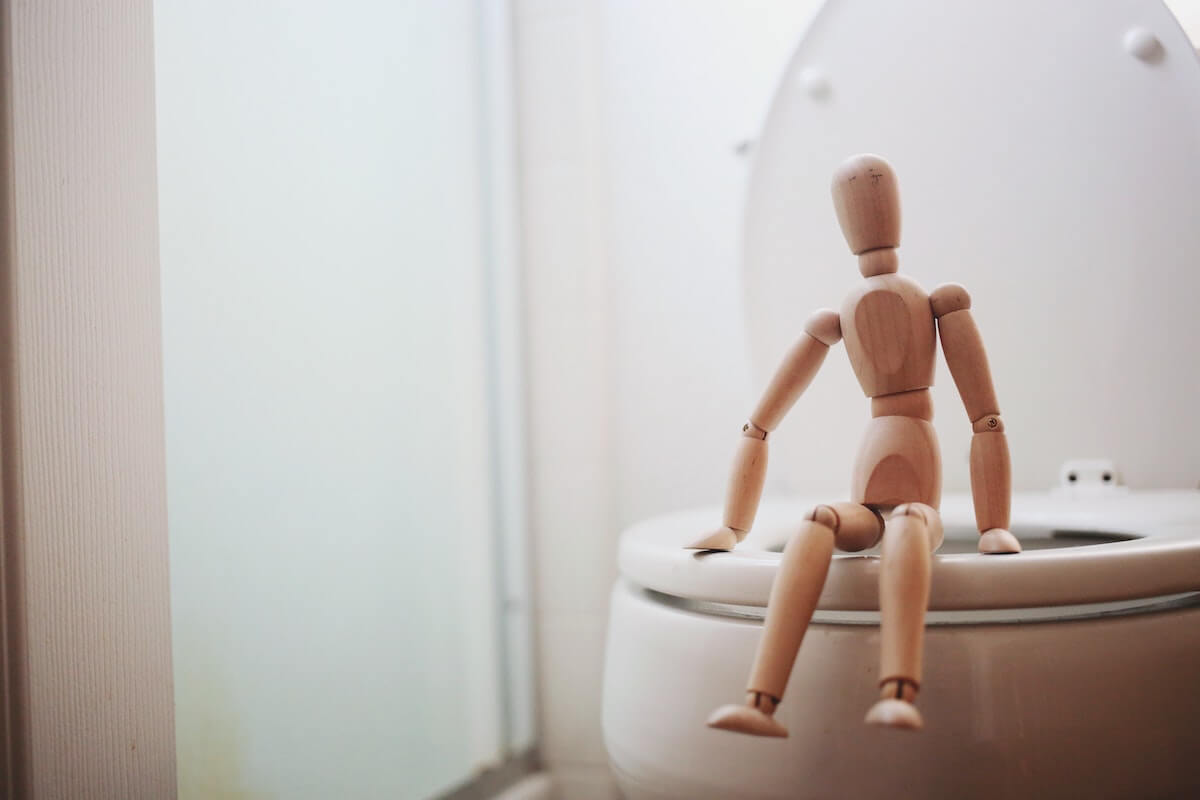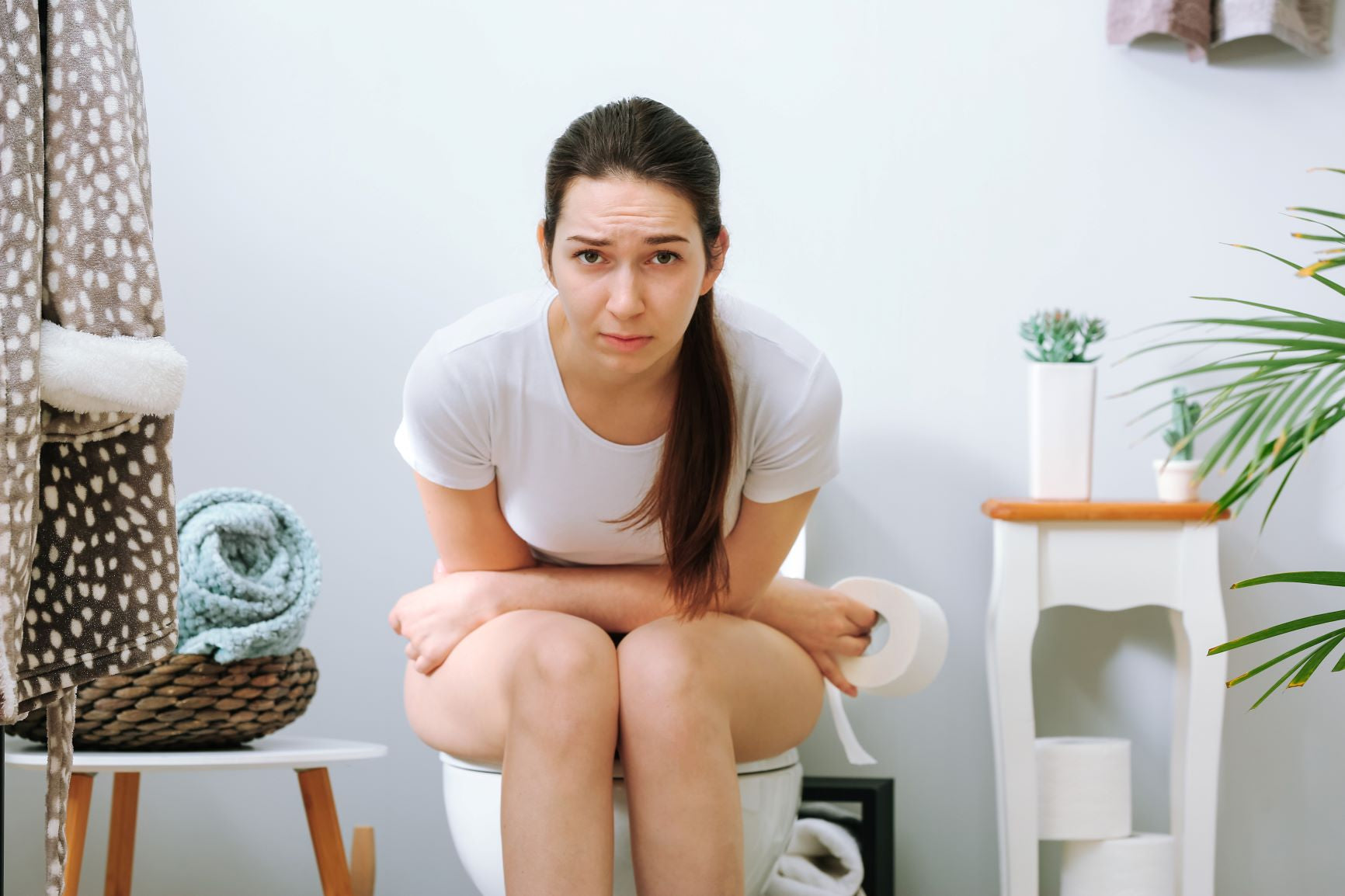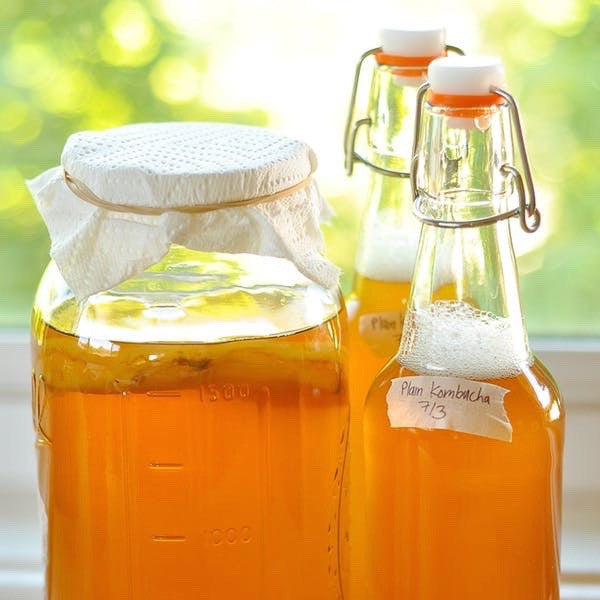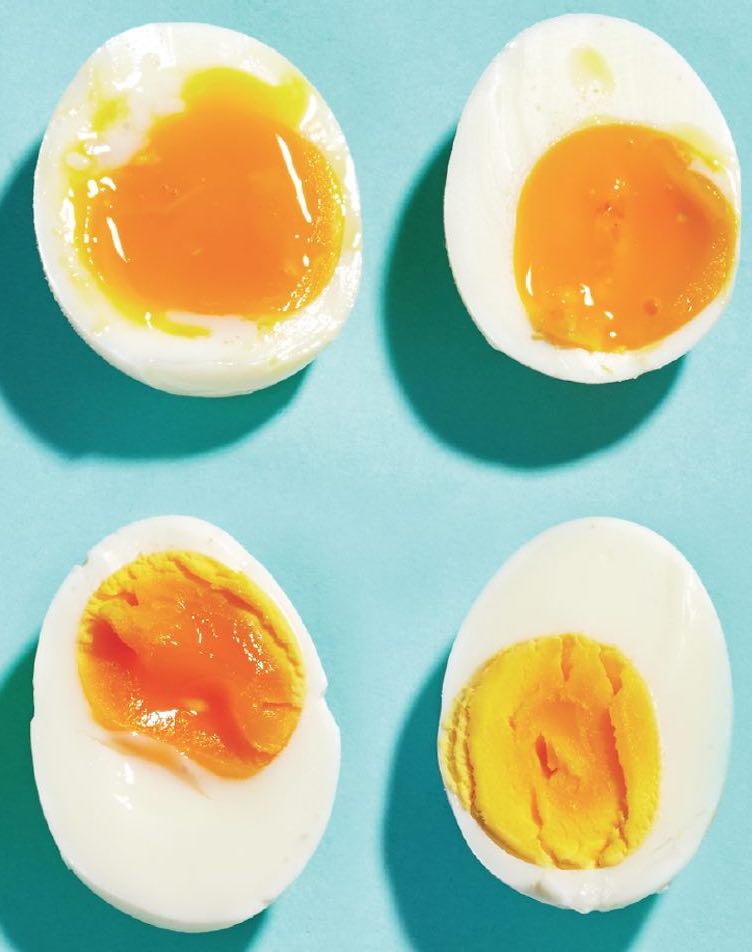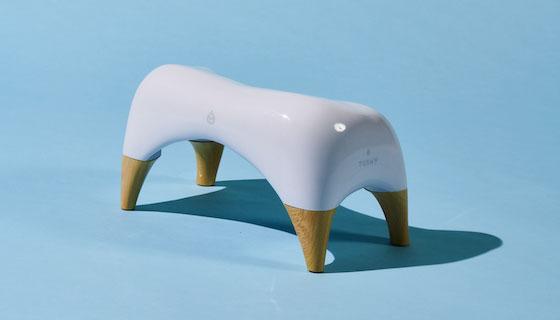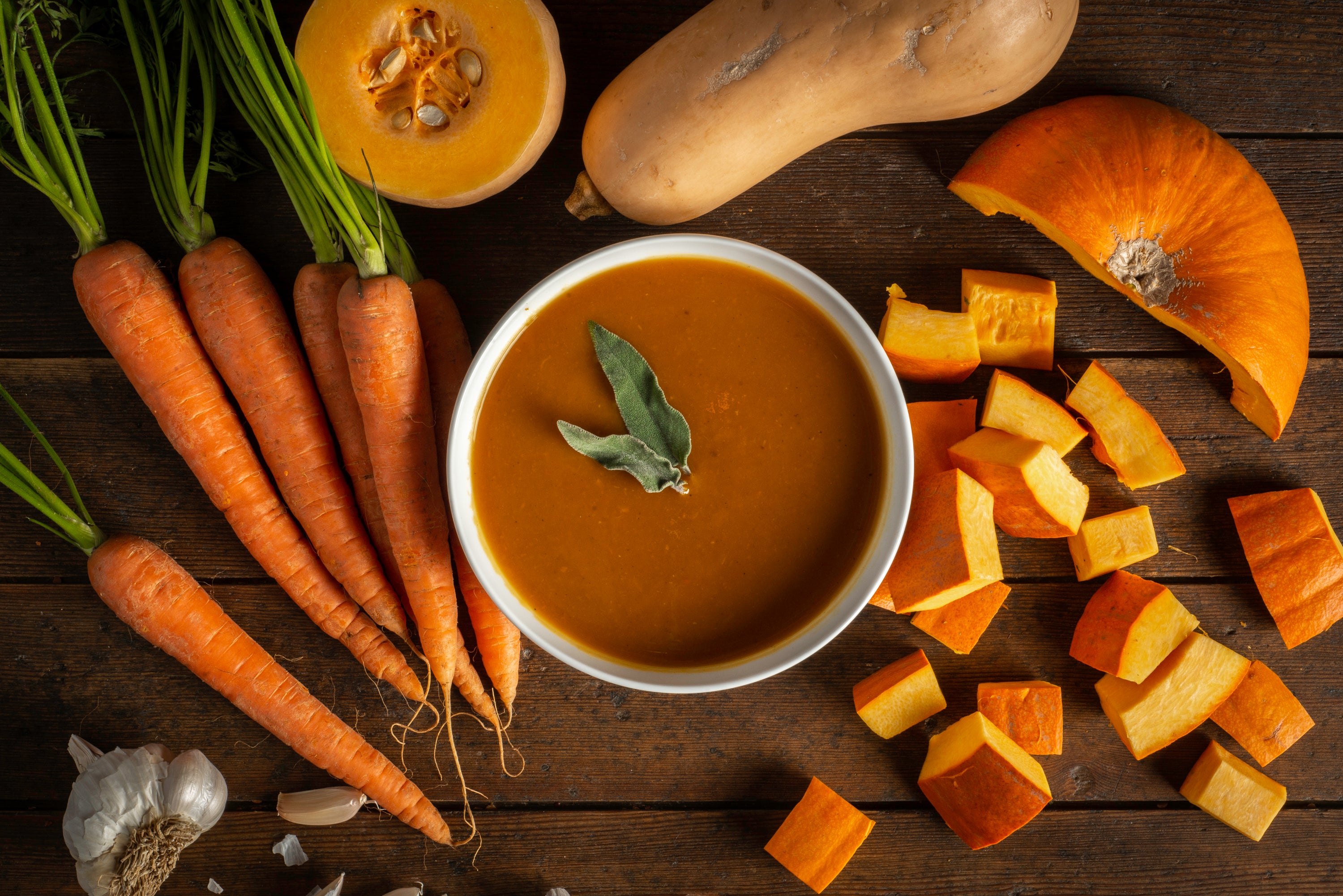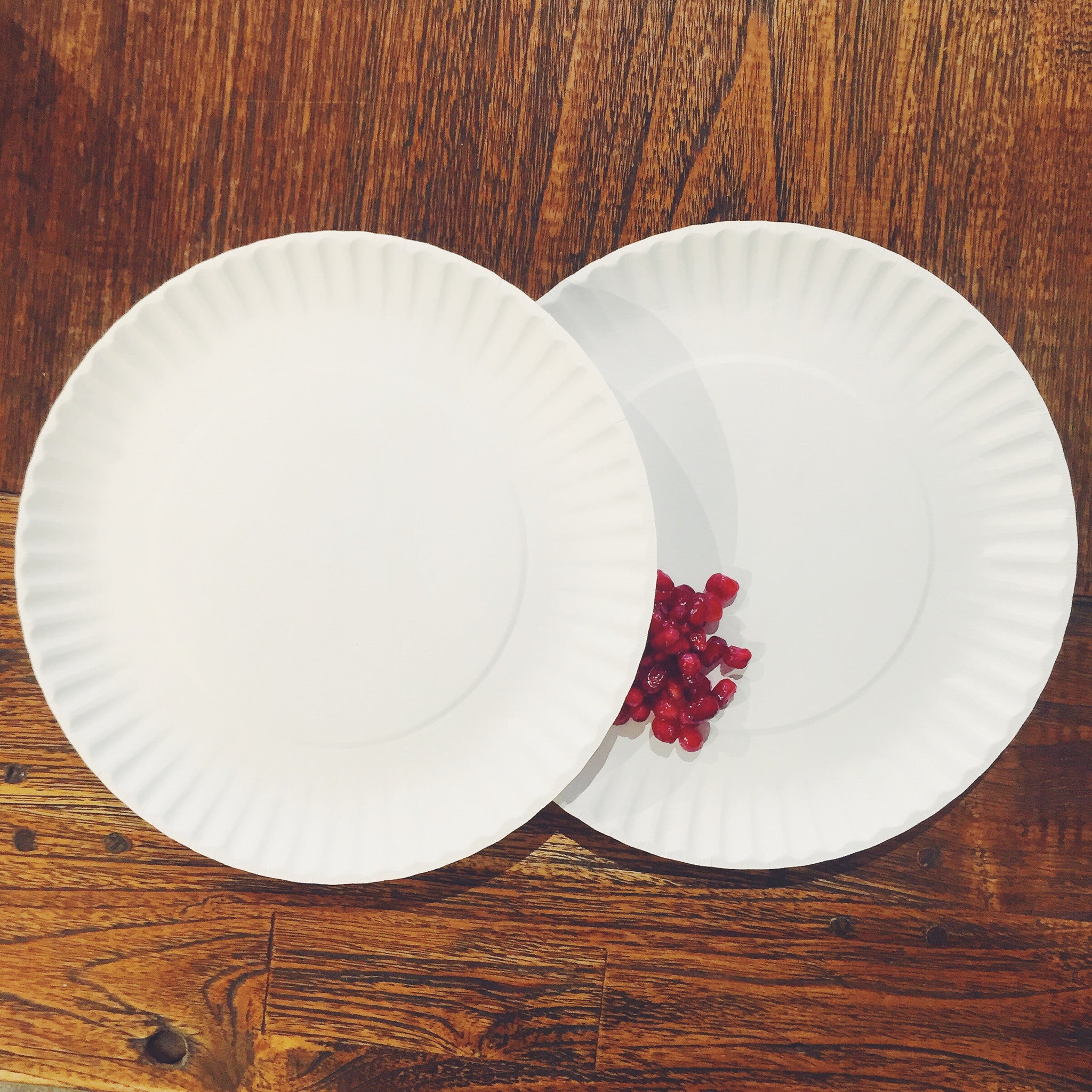Hot tamale! Whether you’re testing your limits like you’re on Hot Ones or dousing your Cheesy Gordita Crunch in Diablo sauce, you know the rules: heat it means heat out!
Most regional cuisines have their own take on heat, from the fiery sting of bird’s eye chili in Southeast Asia to the intense heat of Scotch bonnet peppers in the Caribbean. Chili’s can turn an ordinary dish into a thrilling culinary journey, even if that journey ends in the bathroom.
Why Spicy Food Makes You Poop
While your mouth is still processing the heat from that Nashville hot chicken sandwich, your gut and butt are probably already planning their exit strategy. Do you ever wonder why spicy food makes you poop, or worse, why it makes your poop spicy? You can thank the chemical component that gives chili their heat: Capsaicin.
Spicy food makes you poop because your body wants to get rid of the heat before it causes any discomfort inside. Whenever you eat, food gets broken down in your digestive system. Most nutrients are absorbed in this process via the intestinal wall. But whatever isn’t absorbed, including undigested compounds like capsaicin, sits in the colon until it’s time to be excreted. The result? A “hot delivery” out your back door.
As soon as Capsaicin hits your lips, your body feels the burn. Your brain's heat and pain receptors, particularly one called TRPV1, light up like a Christmas tree. This triggers a response that makes you feel like you're burning up from the inside. But fear not, your brain springs into action, releasing endorphins to help ease the discomfort. That's why you might feel a bit euphoric after a few spicy bites.
When your brain goes into firefighter mode, it releases the body’s pain blocker: endorphins. This explains the slightly euphoric feeling that hits about four hot wings in. Capsaicin doesn’t break down in the digestive process. It stays just as potent in your GI tract as when it sets your mouth on fire.
So when the capsaicin hits your small intestine, your digestive system doesn’t want to hang onto the irritant. The intestines push the capsaicin through digestion double time to help keep pain levels low. Same thing happens when it hits the colon. It’s kind of like your body is playing a game of hot potato.
What Makes Spicy Food So Hot?
Now that we’ve covered the reason why spicy foods call on your bowels like a thumper calls a sandworm on Arrakis, let’s get into the types of spicy foods that fuel that digestive adventure.
- Chili peppers: Chili peppers are quite literally the source of heat when it comes to spicy food due to the capsaicin they contain, which can irritate the digestive tract and get your bowels moving sooner than you expected.
- Hot Sauces: Whether it's Tabasco, Sriracha, or Taco Bell’s Diablo sauce, hot sauces are typically made with chili peppers and other spicy ingredients that can stimulate digestion, leading to a fast exit when consumed in sufficient quantities.
- Wasabi or Horseradish: Most of the wasabi you get in the US is actually horseradish since wasabi is incredibly expensive and hard to get. However, they both contain a compound known as allyl isothiocyanate, which stimulates nerves and receptors in the gastrointestinal system, increasing the urge to go #2.
- Kimchi: This traditional Korean dish of fermented vegetables, typically cabbage or radishes, is seasoned with spicy ingredients like chili peppers and garlic. The fermentation process also produces probiotics, which can aid digestion and, you guessed it, make you poop!
The next time you down some chiles rellenos or some hot fire curry and wonder why it sends you running to the nearest toilet, know that it’s because of the capsaicin found in peppers. But that shouldn’t stop you from enjoying all that flavor! We have some tips on how to prevent those spicy poops.
How Does Capsaicin Affect Your Colon?
Capsaicin, the fiery diva of spicy foods, doesn't just ignite your taste buds; it sets your entire digestive system ablaze, including your colon. Upon encountering capsaicin, your body's receptors react, inducing responses like sweating and sinus-clearing tears. While some may handle the heat better than others, excessive capsaicin can lead to gastrointestinal distress, particularly for those with sensitive stomachs or conditions like irritable bowel syndrome (IBS).
For individuals with IBS, spicy foods can accelerate digestion, resulting in diarrhea as the body hastens to expel the fiery irritant. This rapid expulsion can leave behind a burning sensation upon elimination. Thus, while a touch of heat can enhance your meal, an excess may leave your colon scorched, prompting a swift exit and perhaps an uncomfortably fiery farewell.
How Do I Stop My Poop From Being Spicy?
After biting into your favorite spicy dish, your mouth may feel like a five-alarm fire. Water doesn’t seem to help. If anything, H2O spreads the fire! So, what can you do to calm the digestive storm?
Here are a few ways to neutralize spicy food in your stomach:
Consume Dairy
The casein in dairy products like milk, sour cream, ice cream and yogurt block the capsaicin from binding with the receptors in your mouth and intestinal tract. It’s kind of like a firewall!
Chug a Beer
Similar to milk, capsaicin dissolves in alcohol. It’s a good thing that beer pairs perfectly with hot wings. Yum yum.
Eat Nut Butters
Nut butters like peanut butter or almond butter are rich in fat. Capsaicin is soluble in fats, which means that it can be dissolved. It’s thick, gooey and can neutralize spicy dishes without ruining them.
Add Something Sweet
Sugar and honey can help tame the wildfire in your mouth. Drinking juice or adding a spoonful of sugar to your plate could help decrease the spiciness of foods.
East Something Starchy
Starchy foods like pasta, potatoes and bread can combat spiciness.
Trying one of the methods above can help ease the heat pain that comes with spicy food. Perhaps more importantly, they can also help neutralize the heat when you hit the toilet.
Live For The Burn!
We love spicy foods, but they can come at a price. And the debt is paid out by your butthole. The solution to cleaning up after a fiery sesh in the bathroom shouldn’t be dry, scratching toilet paper. That’s only going to cause more irritation, ouch! Your butthole deserves a cool and refreshing clean from a bidet, it’s the Poseidon’s kiss you actually want from your toilet.
Dairy products and sweets are great ways to combat the burning sensation of capsaicin in spicy foods going down. And importantly, they also help prevent your poop from coming out extra hot the next time you’re in the bathroom.
Frequently Asked Questions
What Makes Spicy Food So Hot?
Capsaicin is the chemical component that makes chili peppers hot. And chili peppers are what’s bringing the heat in almost every spicy food, from Sriracha to ragin’ Cajun. Capsaicin is actually all about the heat. It can directly stimulate a heat sensation, causing sweating and redness, and can even produce heat in the body. Capsaicin is also an irritant. You know that burning feeling in your mouth when you down hot dishes? It can cause that same irritation with your internal mucus membranes, and can inflame our digestive system.
Is Spicy Food a Laxative?
Spicy food can act as a laxative for some people due to compounds like capsaicin, which irritate the digestive tract and stimulate bowel movements by increasing gastrointestinal motility.
Why Does Spicy Food Make Your Poop Burn?
Your poop likely burns after eating spicy foods because the capsaicin, found in chili peppers, is still present in your stool. As the stool passes through the rectum and anus, the capsaicin can cause a burning sensation upon elimination.










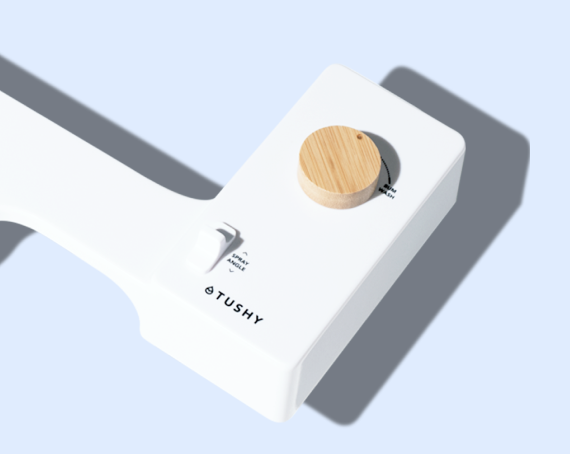

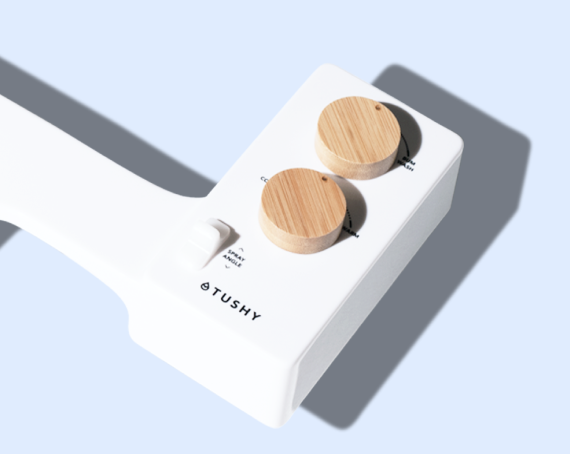
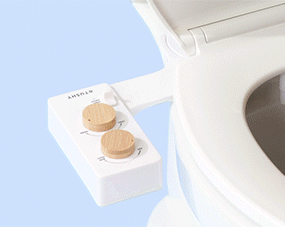
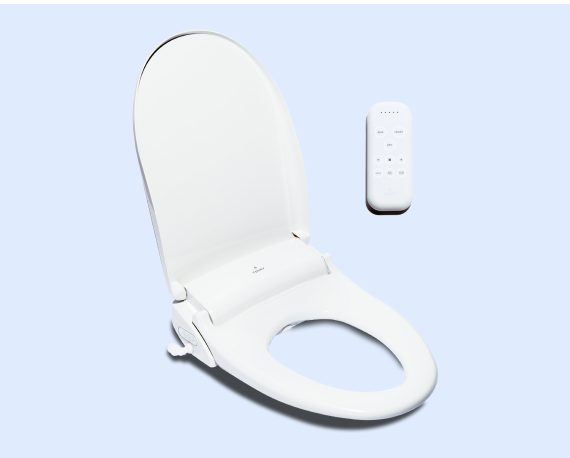
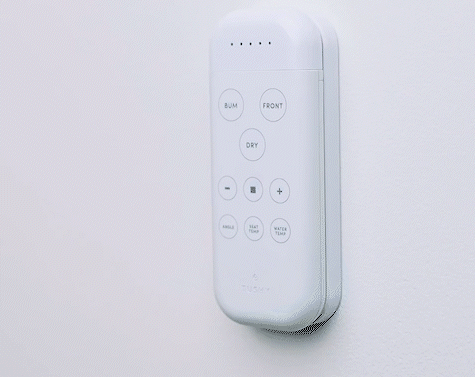







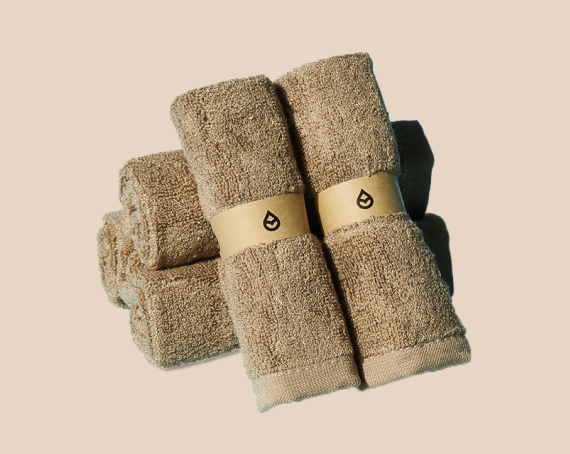

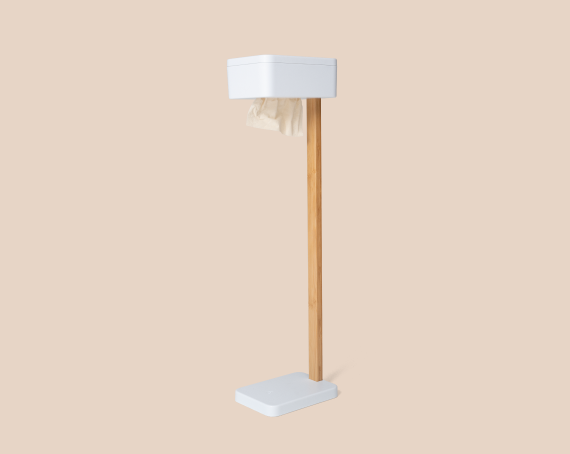
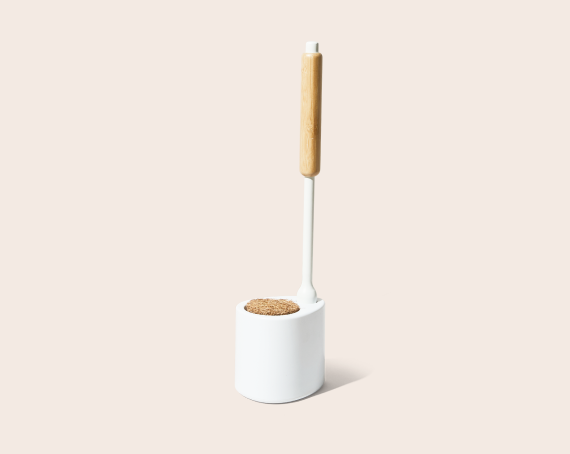
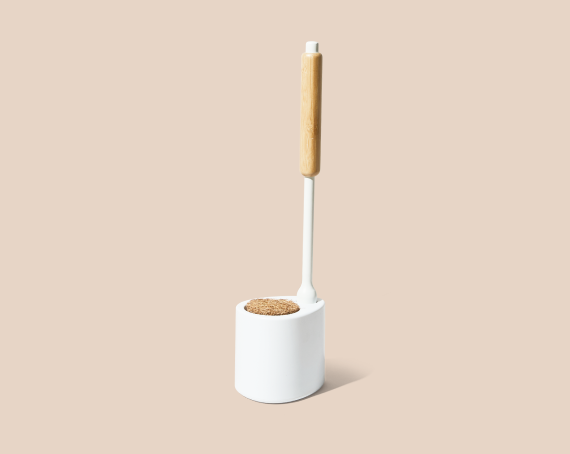
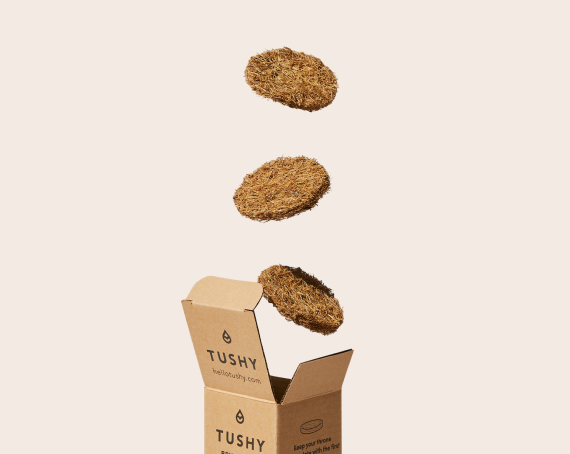
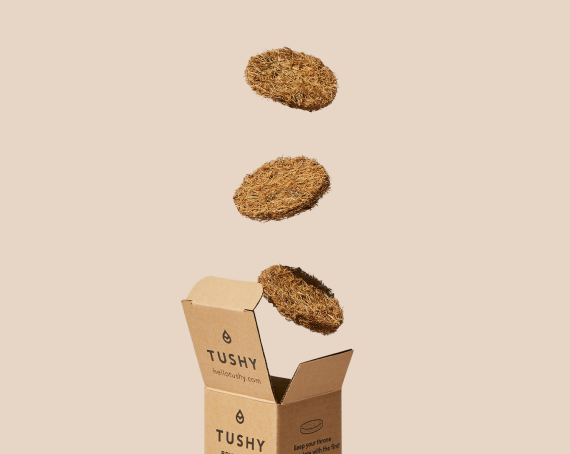
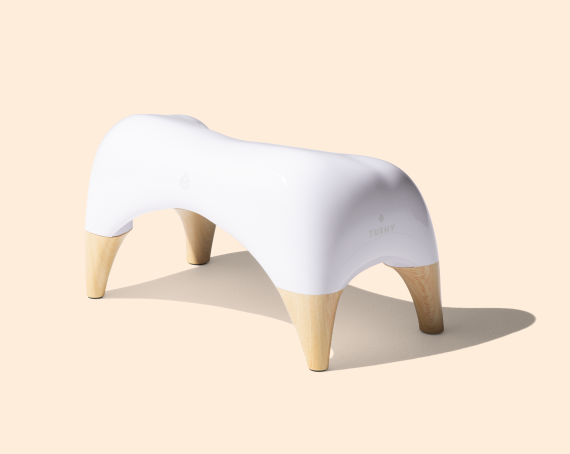
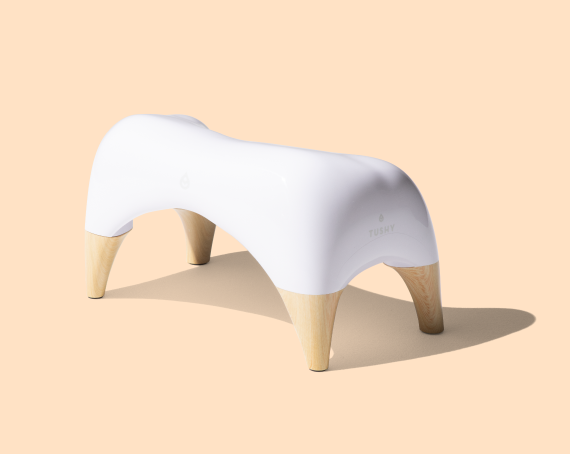





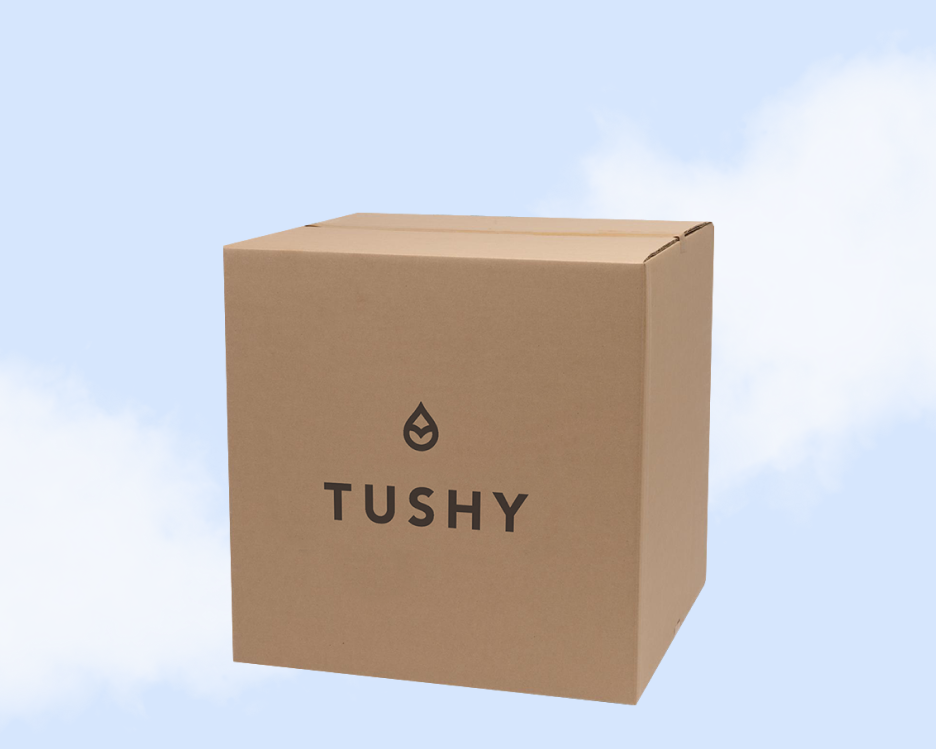
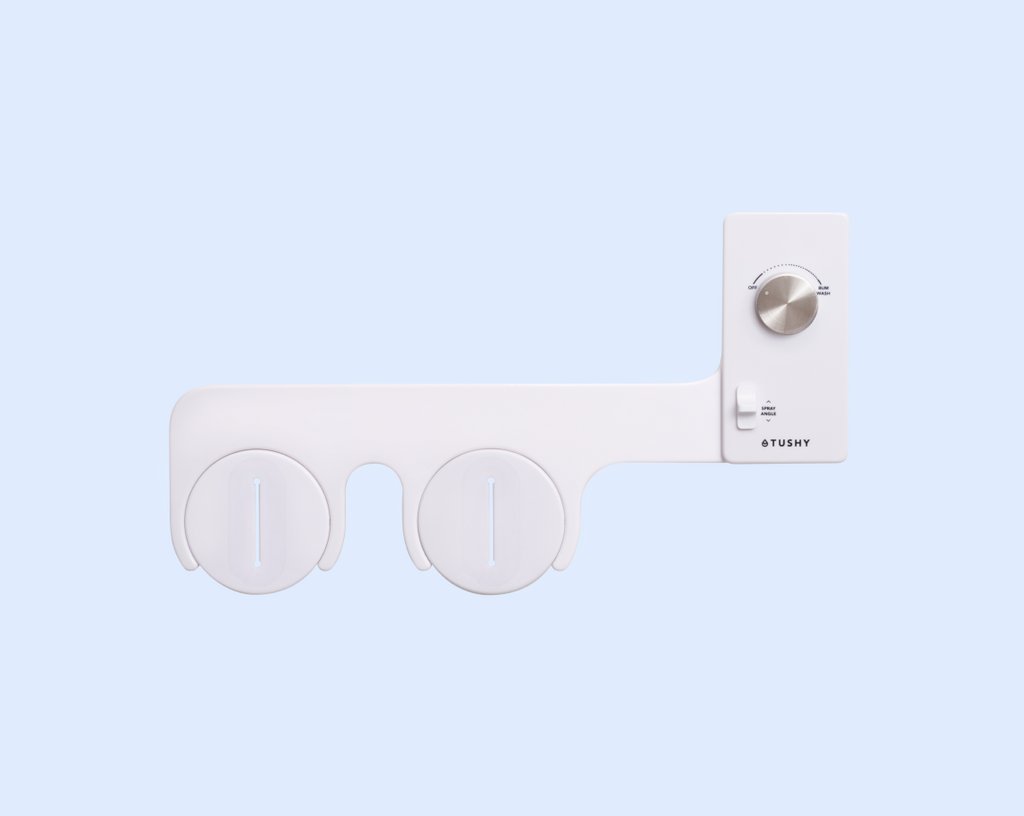
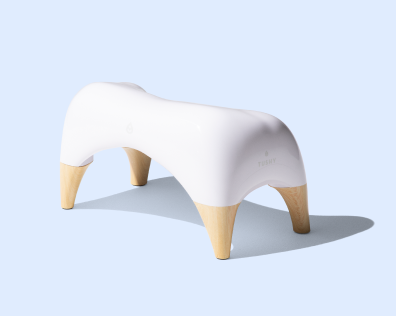


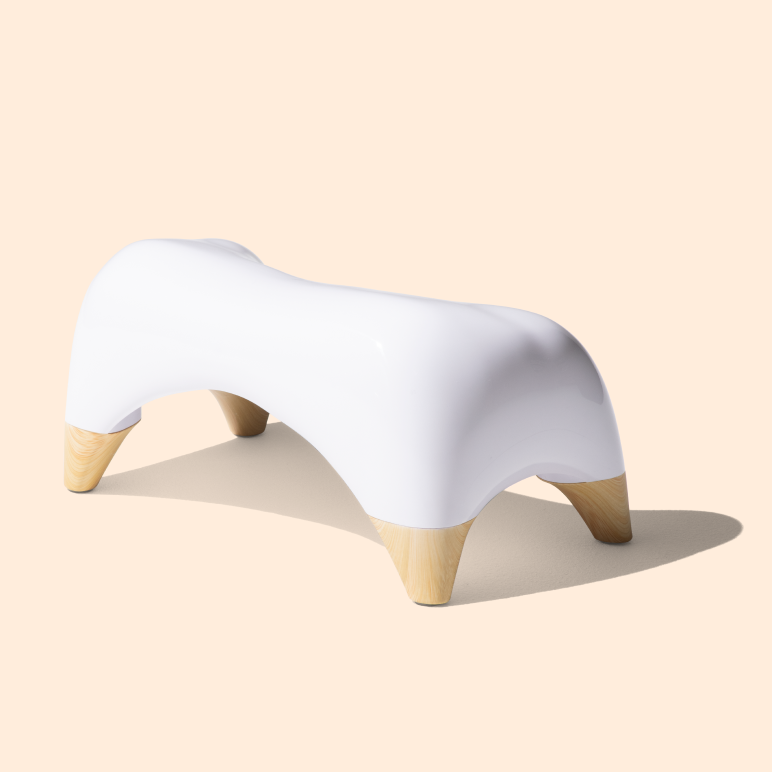







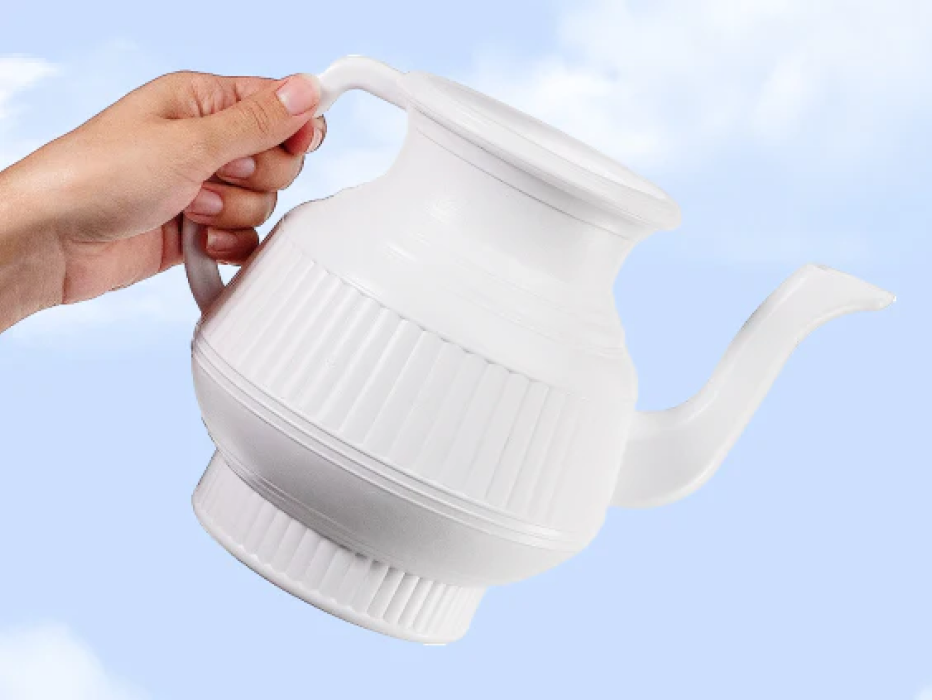

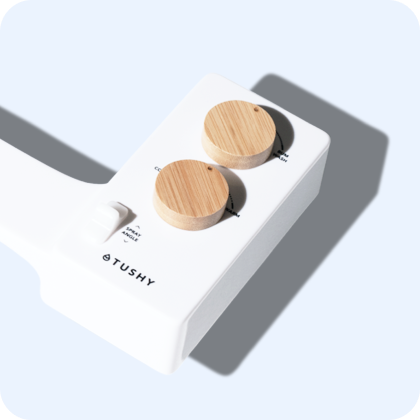
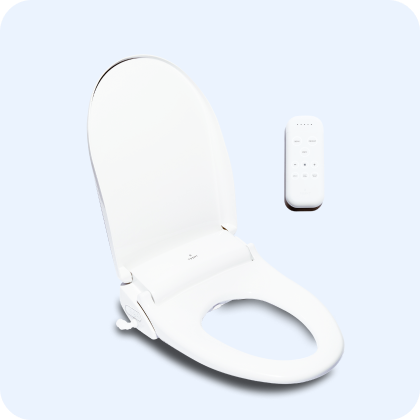

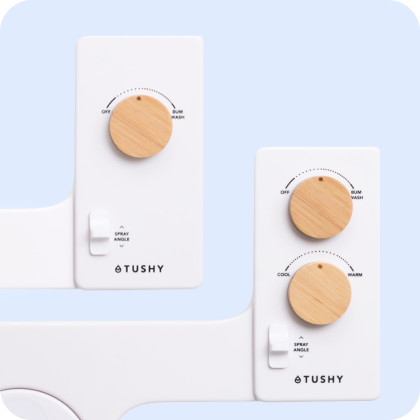


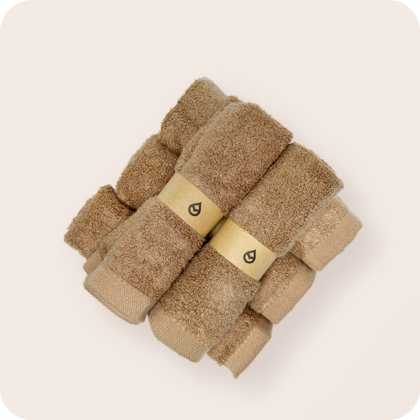
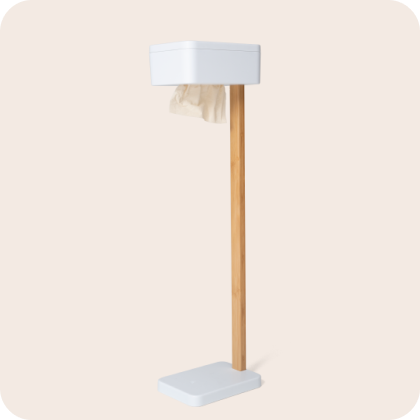
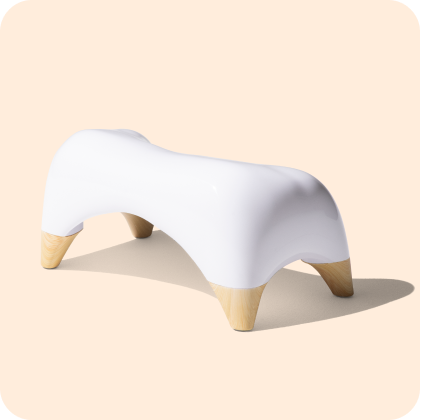


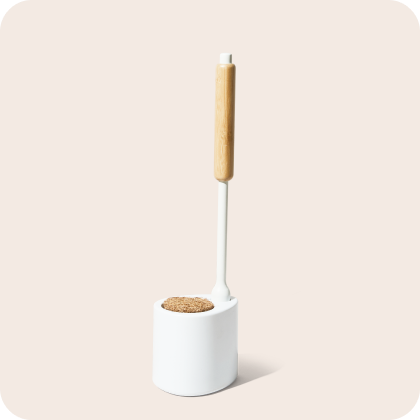
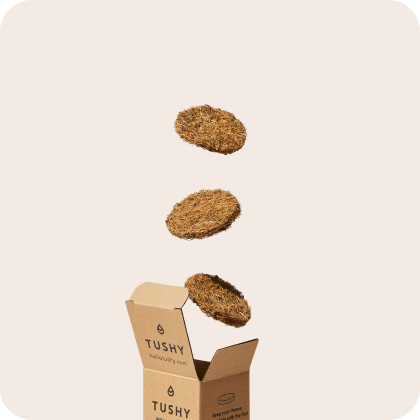





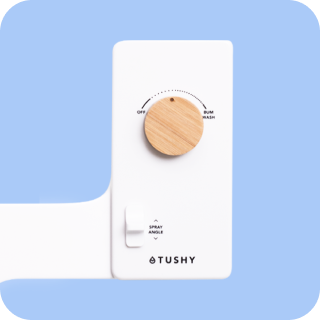 Bidets
Bidets Booty Drying
Booty Drying Stools
Stools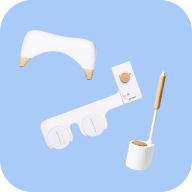 Buy a Butt Ton!
Buy a Butt Ton! Toilet Cleaning
Toilet Cleaning Merch
Merch
 Chat with us
Chat with us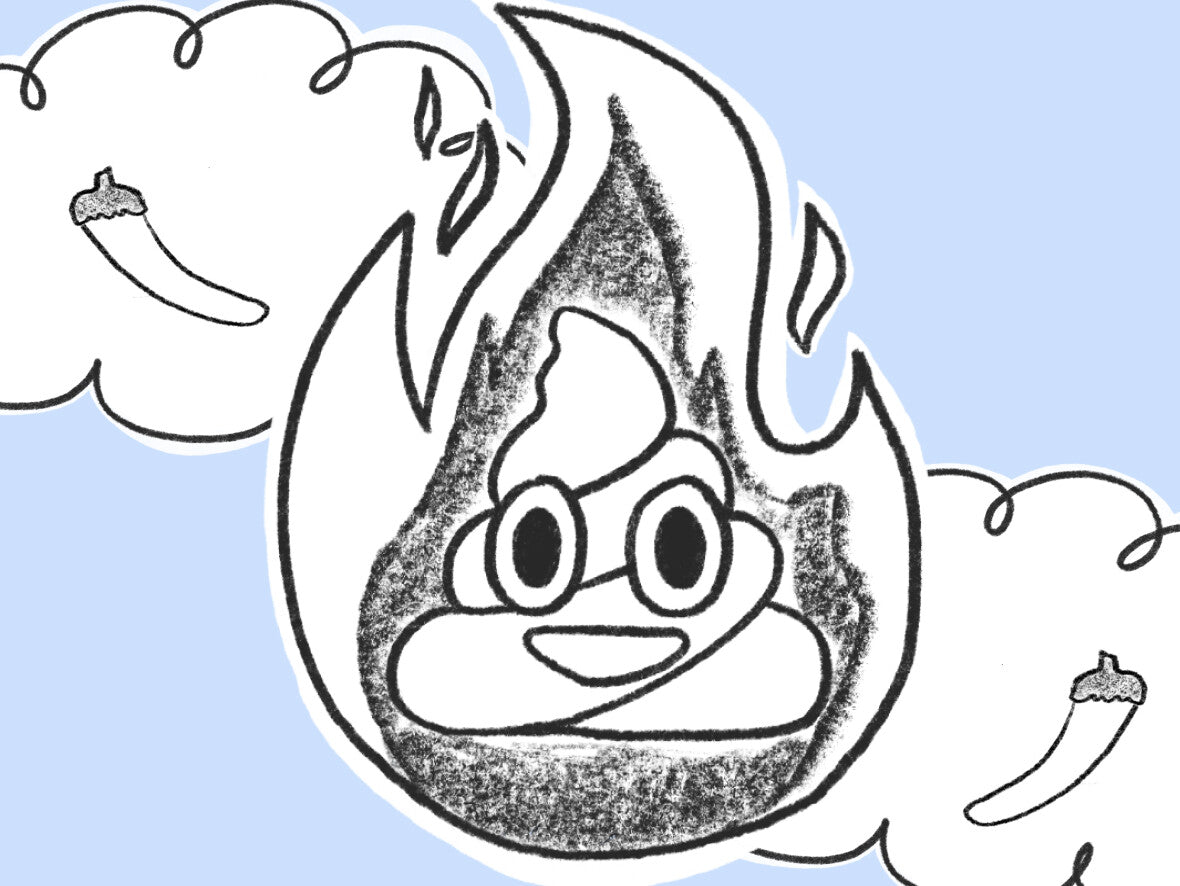
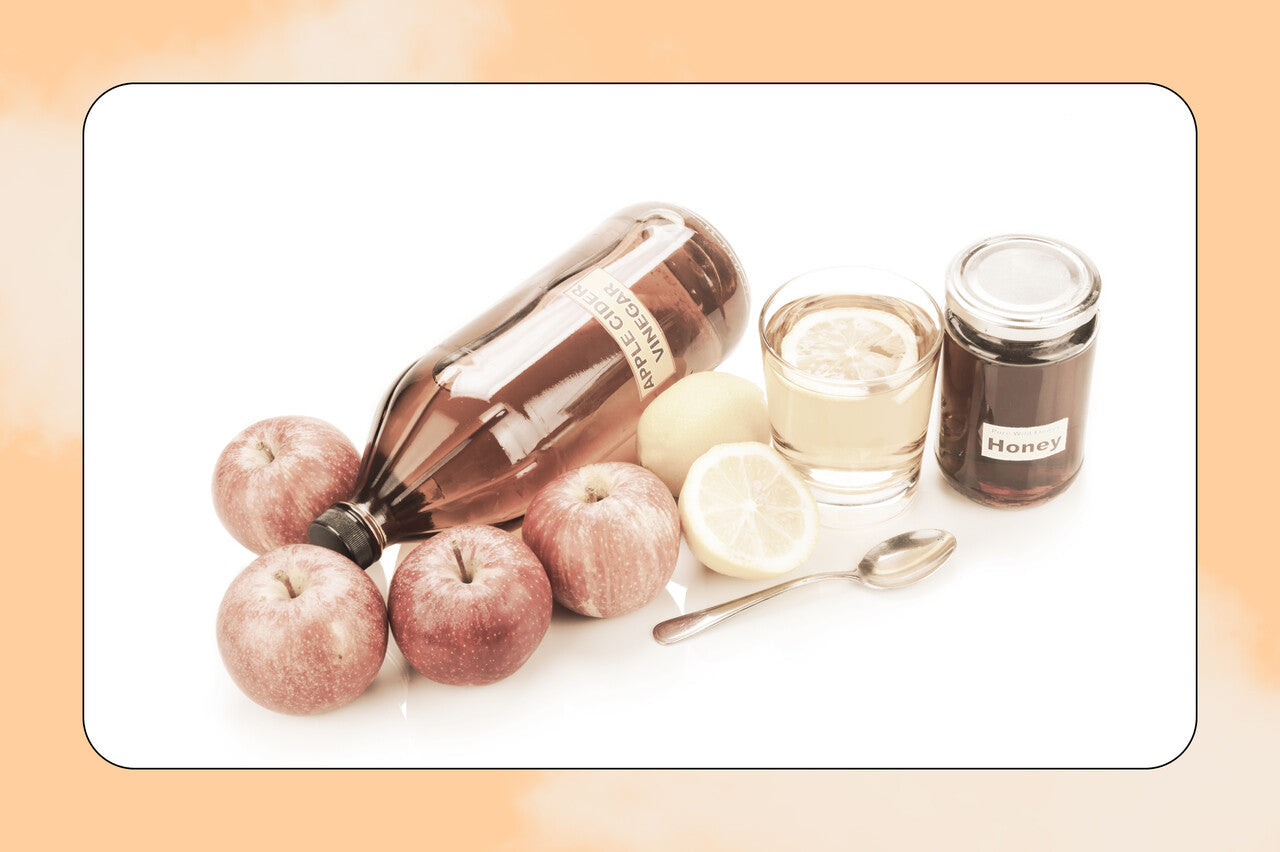

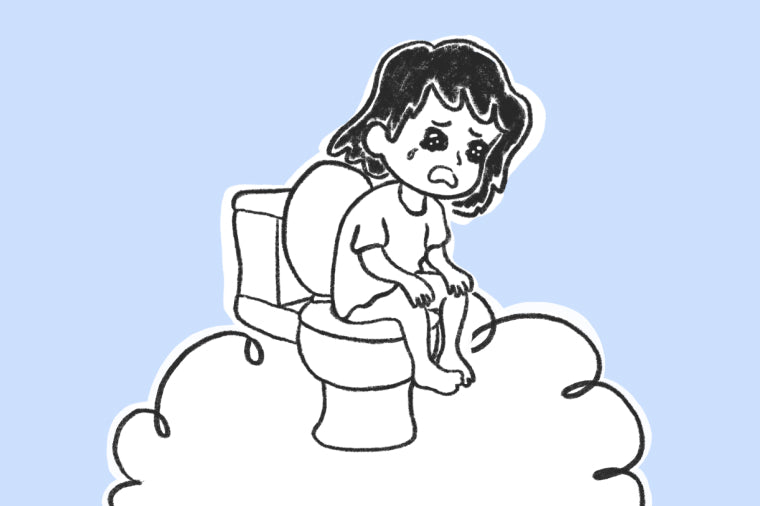


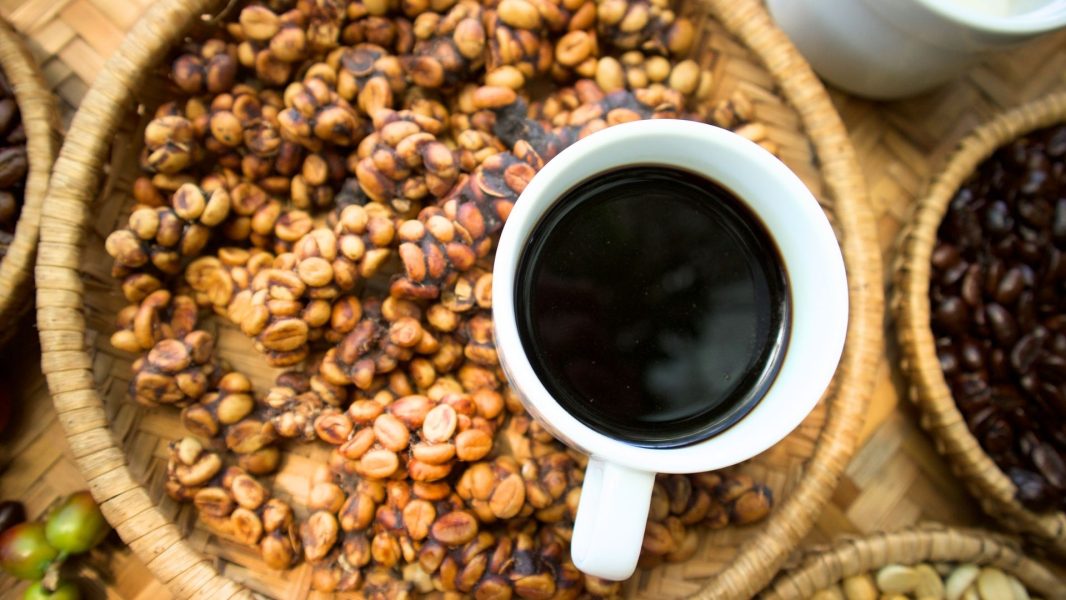
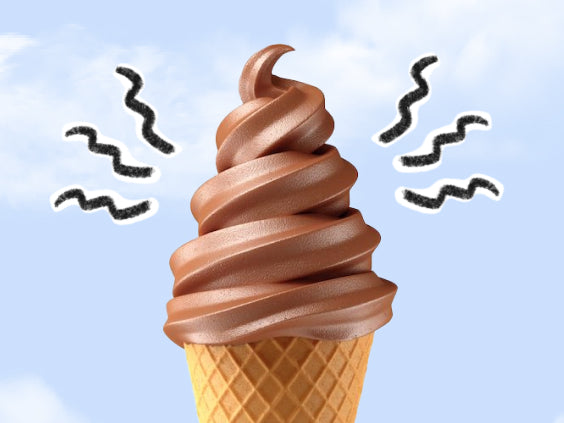

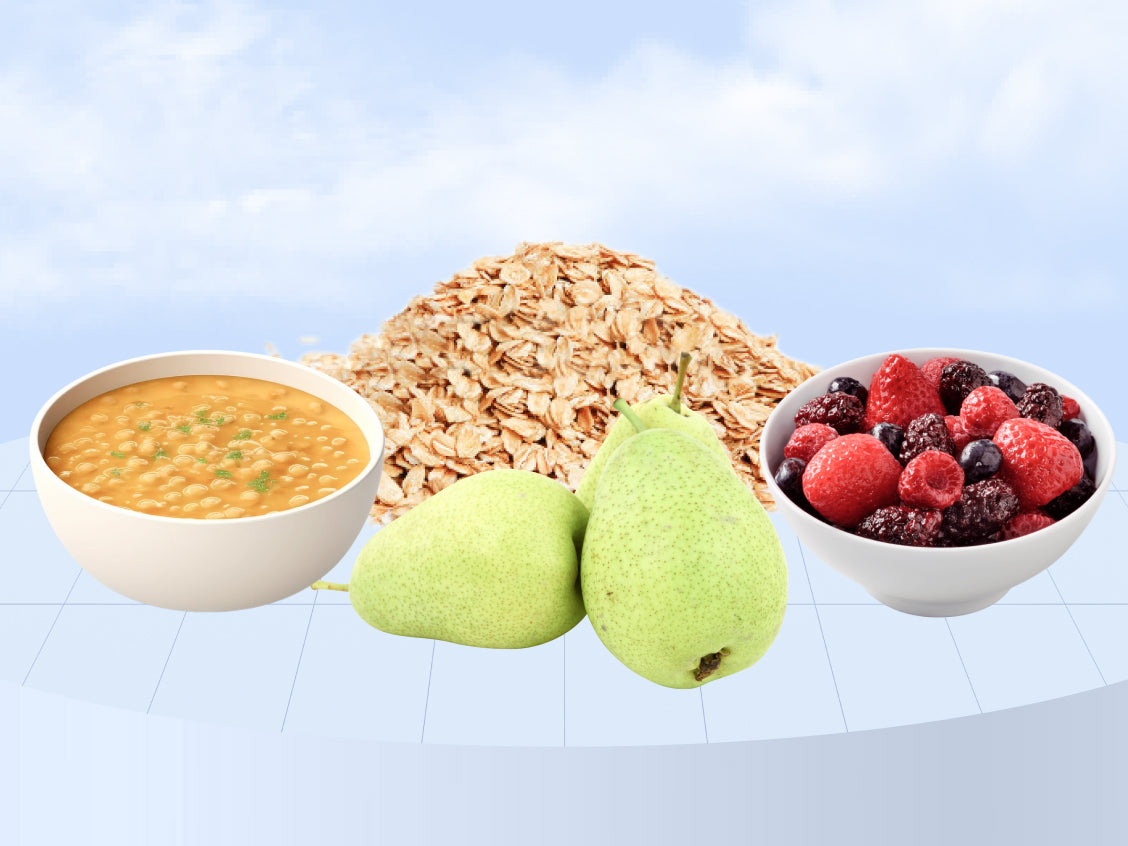




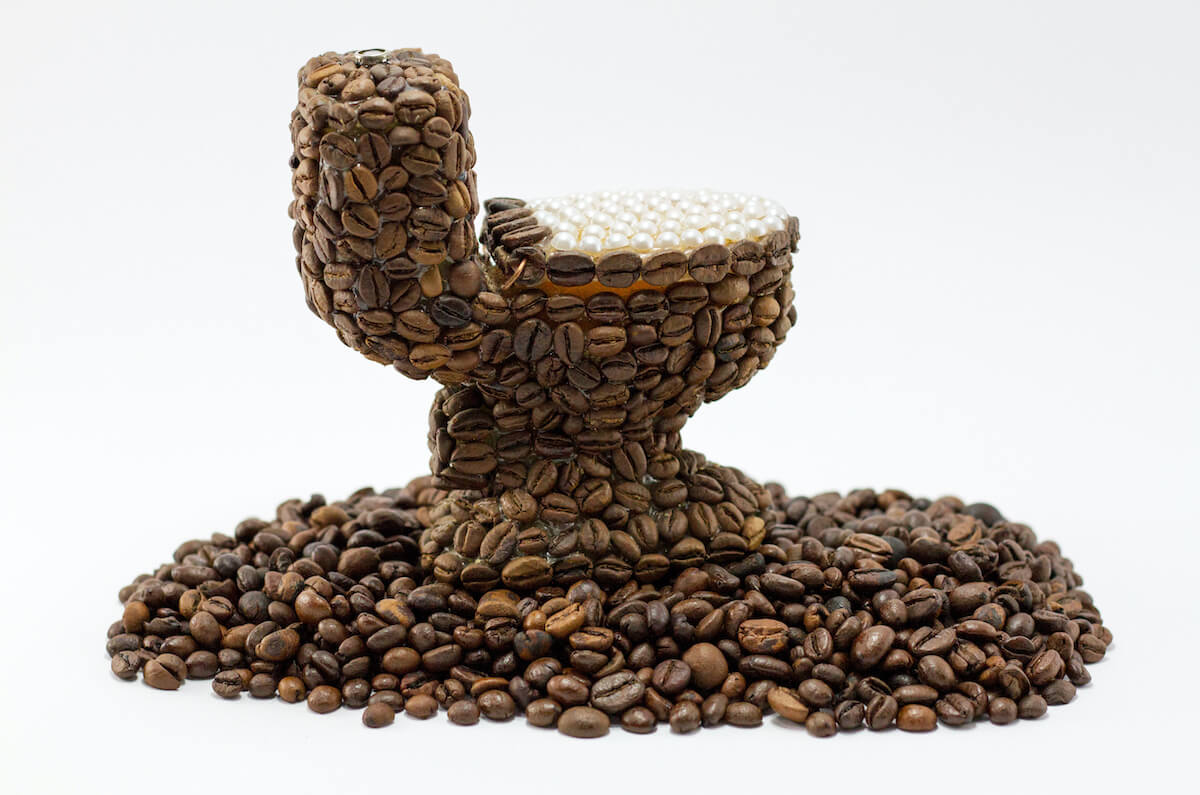


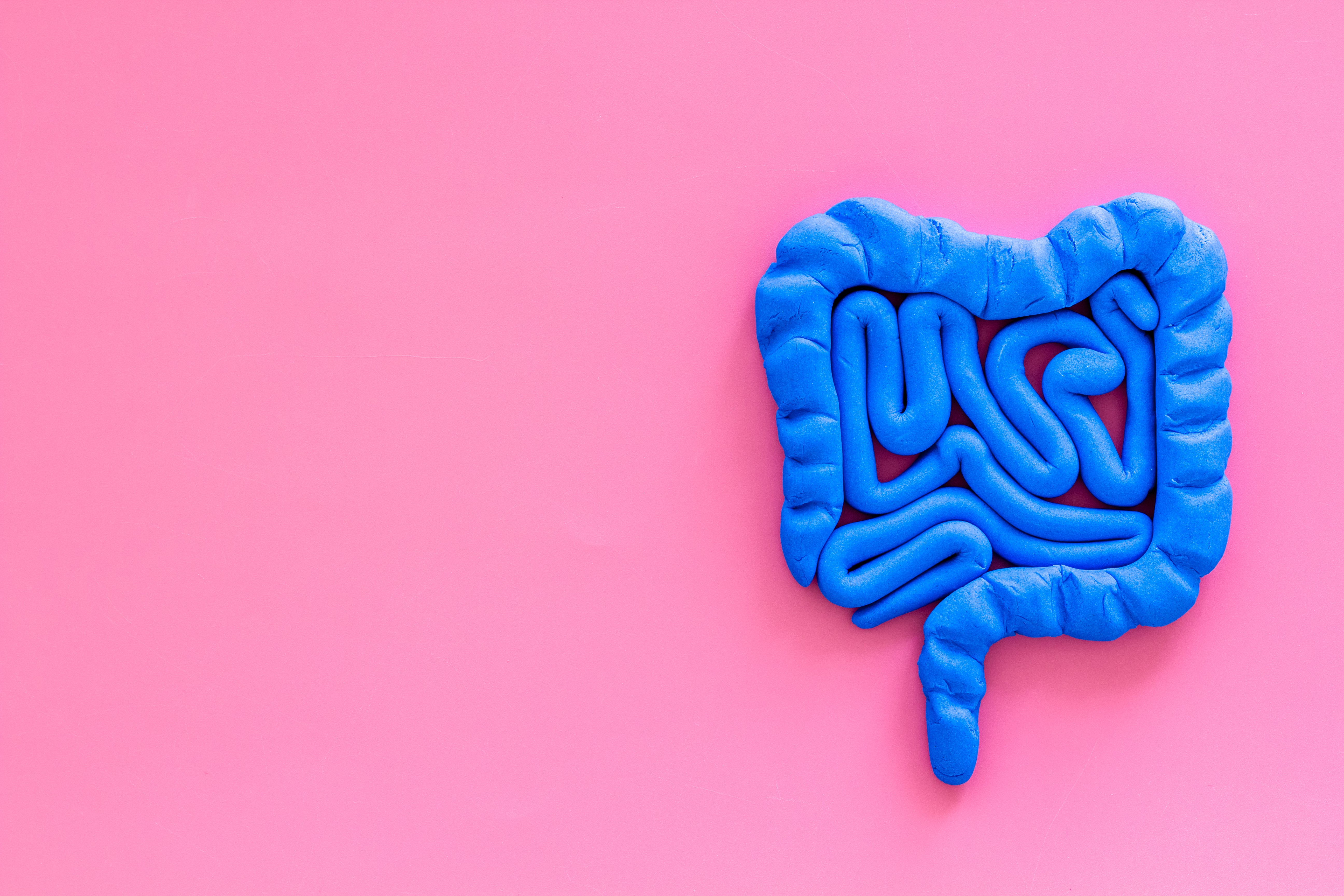
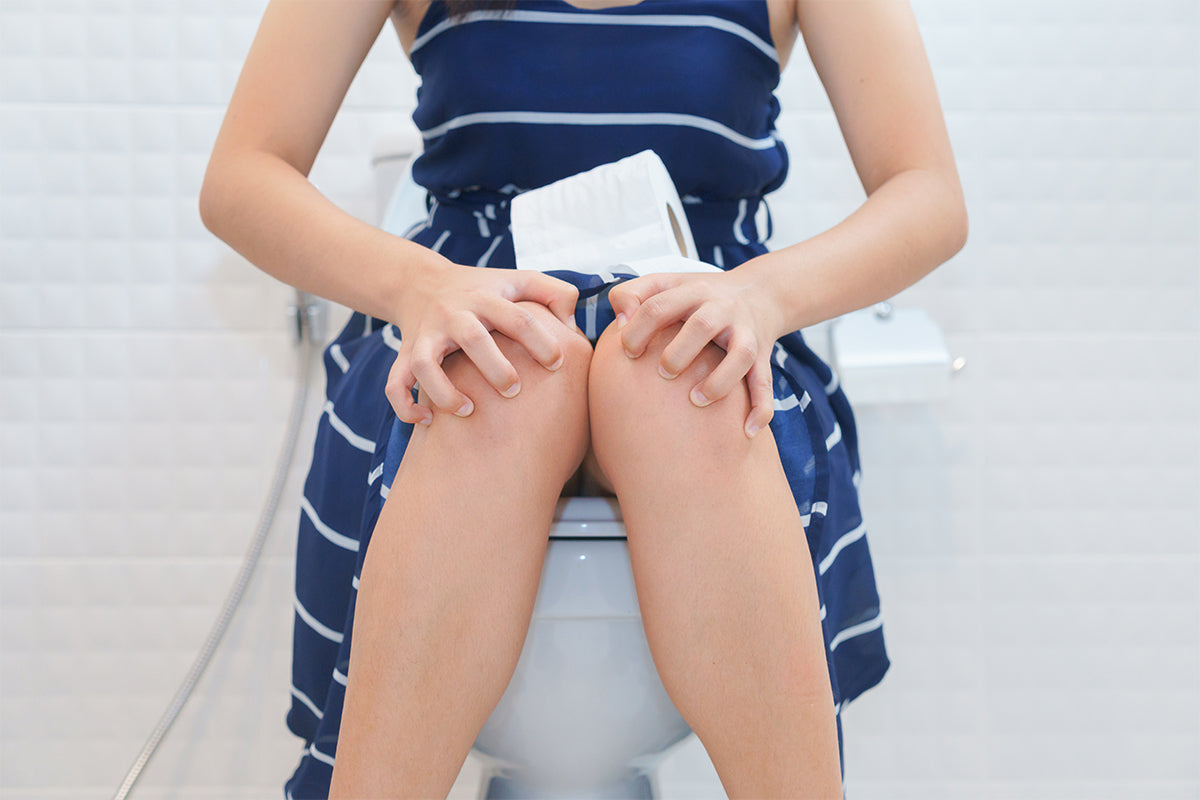
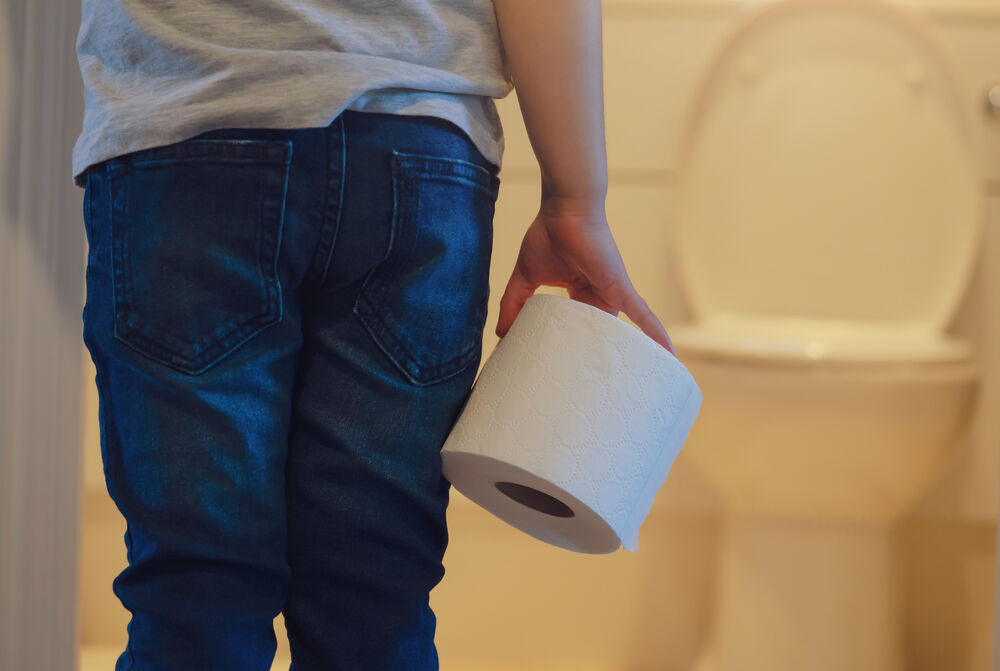

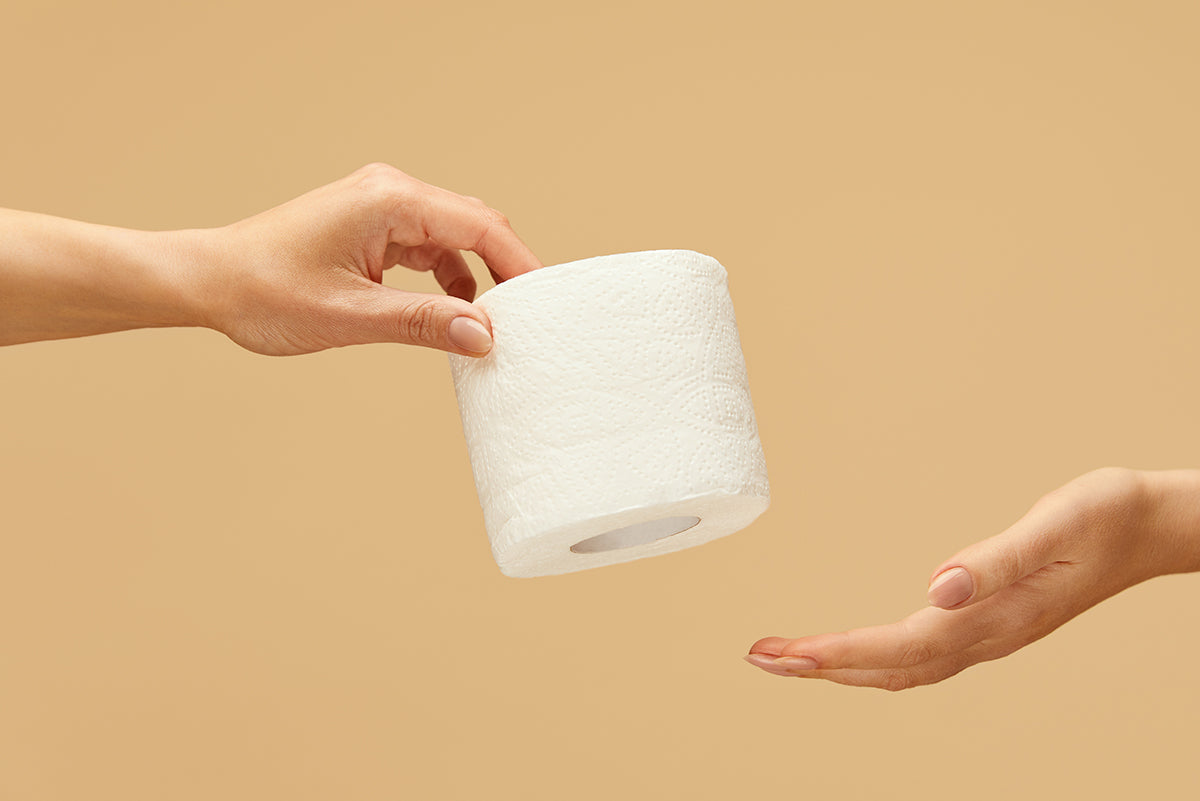


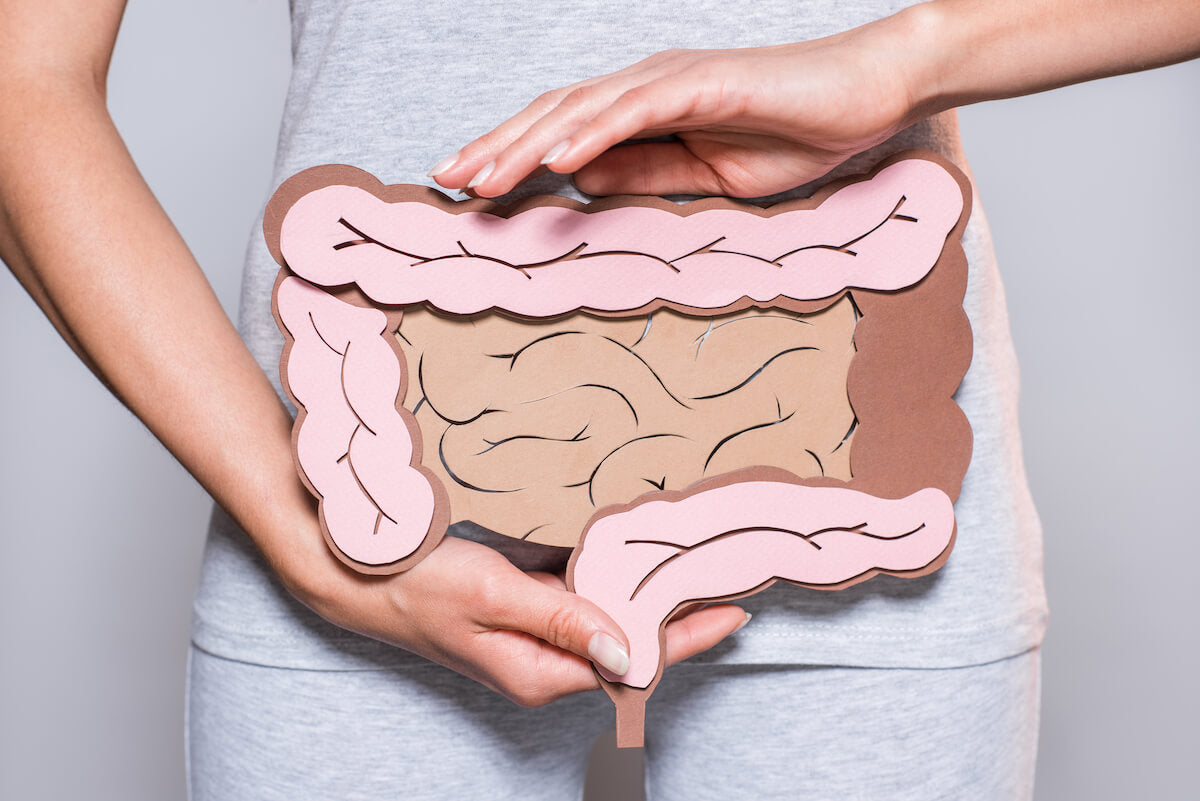
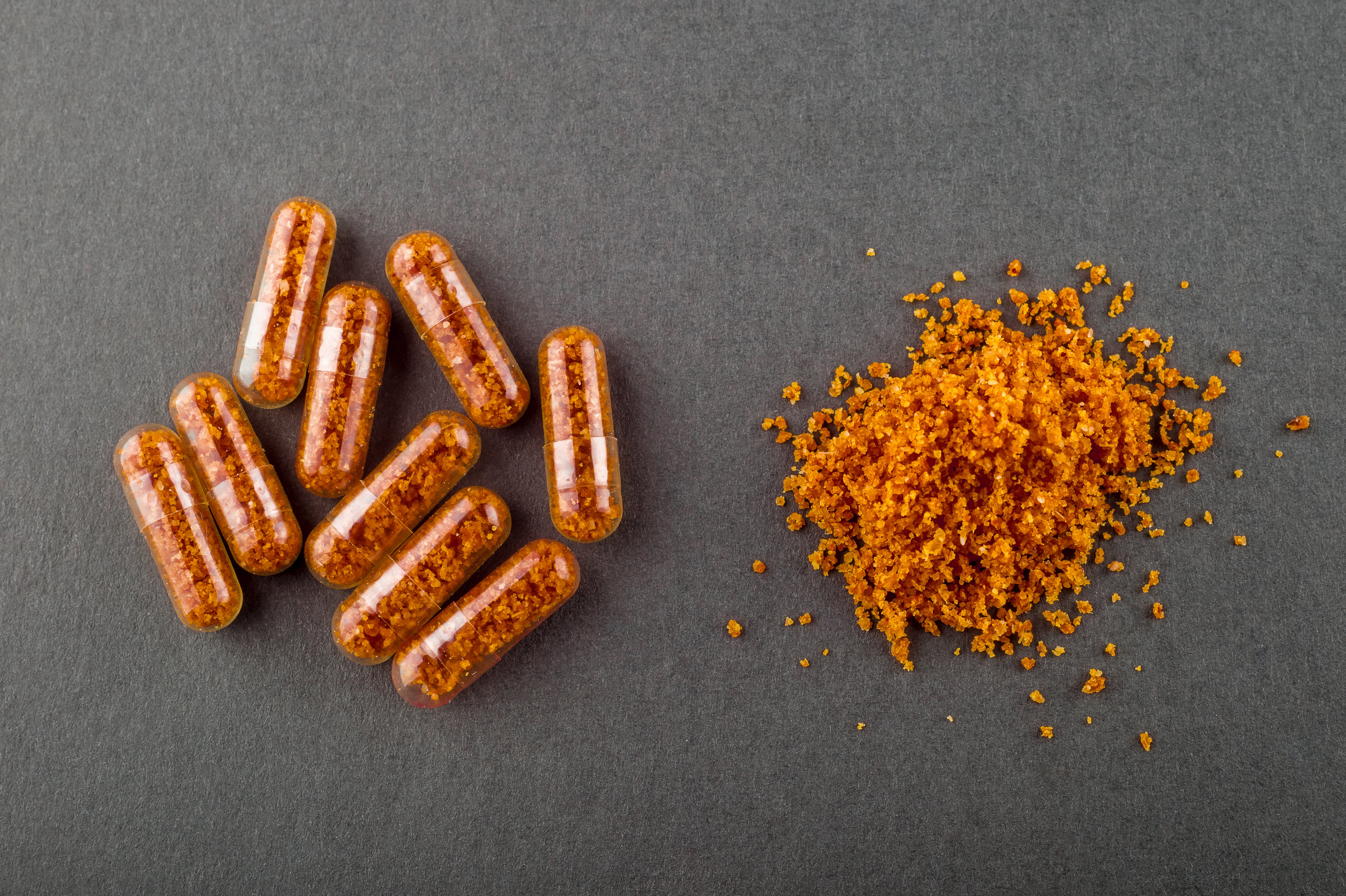


![[Survey] How Long Should You Date Before You Defecate?](http://hellotushy.com/cdn/shop/articles/how-long-should-you-date-before-you-defecate-hero.jpg?v=1611359305)




